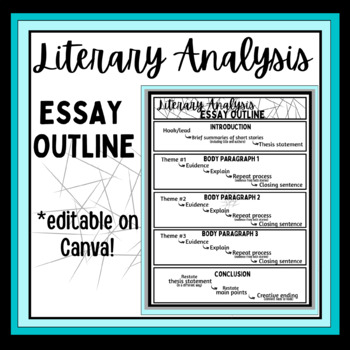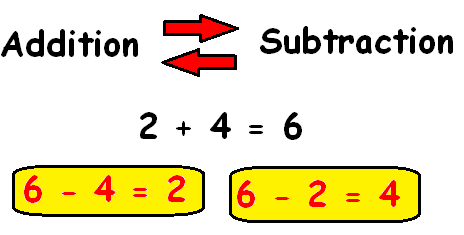Example of a Literary Analysis: Unlocking Textual Depth

Unlocking the depth of a literary text is a journey that requires careful analysis, keen observation, and a structured approach. Whether you're a student, a teacher, or a literature enthusiast, understanding how to dissect a text can reveal layers of meaning that might otherwise go unnoticed. This blog explores the example of a literary analysis, providing actionable insights and techniques to enhance your understanding of any literary work. By the end, you'll be equipped with the tools to uncover hidden themes, symbolism, and character motivations, making your reading experience richer and more rewarding. (literary analysis, textual depth, reading comprehension)
What is Literary Analysis?

Literary analysis is the process of examining and interpreting a piece of literature to understand its deeper meanings. It involves breaking down elements such as plot, character, setting, and language to explore how they contribute to the overall message of the text. Unlike a summary, which focuses on what happens, a literary analysis asks why and how these elements work together. (literary interpretation, plot analysis, character study)
Key Components of Literary Analysis
- Theme: The central idea or message of the text.
- Characterization: How characters are developed and their roles in the story.
- Symbolism: Objects, colors, or events that represent larger ideas.
- Tone and Style: The author’s attitude and writing techniques.
📌 Note: Always consider the historical and cultural context of the text to fully grasp its significance. (thematic analysis, symbolism in literature, author’s tone)
Example of a Literary Analysis

Let’s analyze a short excerpt from F. Scott Fitzgerald’s The Great Gatsby to demonstrate how literary analysis works. The passage describes Jay Gatsby staring at the green light across the bay, symbolizing his longing for Daisy and the unattainable American Dream.
Step-by-Step Analysis
- Identify Symbolism: The green light represents Gatsby’s hopes and dreams.
- Analyze Character Motivation: Gatsby’s obsession with Daisy drives his actions.
- Examine Theme: The passage highlights the illusion of the American Dream.
| Element | Analysis |
|---|---|
| Symbolism | Green light = unattainable dreams |
| Character | Gatsby’s longing for Daisy |
| Theme | Critique of the American Dream |

(symbolism analysis, character motivation, American Dream critique)
Tips for Conducting a Literary Analysis

To effectively analyze a text, follow these actionable tips:
Checklist for Literary Analysis
- Read the text multiple times to grasp its nuances.
- Take notes on recurring motifs or symbols.
- Research the historical and cultural context.
- Formulate a thesis statement that guides your analysis.
- Support your arguments with specific examples from the text.
(reading strategies, note-taking techniques, thesis development)
Mastering the art of literary analysis opens up new dimensions in your reading experience. By focusing on elements like symbolism, character development, and thematic depth, you can uncover the richness of any text. Whether you're analyzing a classic novel or a contemporary piece, these techniques will help you engage with literature on a deeper level. Start applying these strategies today and watch your understanding of texts transform. (literary engagement, reading strategies, thematic depth)
What is the purpose of literary analysis?
+
The purpose of literary analysis is to explore the deeper meanings, themes, and techniques within a text, enhancing understanding and appreciation of the work. (literary interpretation, thematic exploration)
How do I choose a text for analysis?
+
Choose a text that interests you and offers rich thematic or symbolic content. Classics and widely studied works are often good starting points. (text selection, literary classics)
Can literary analysis be applied to any genre?
+
Yes, literary analysis can be applied to any genre, including poetry, novels, plays, and even non-fiction, as long as the text has depth and complexity. (genre analysis, literary genres)



